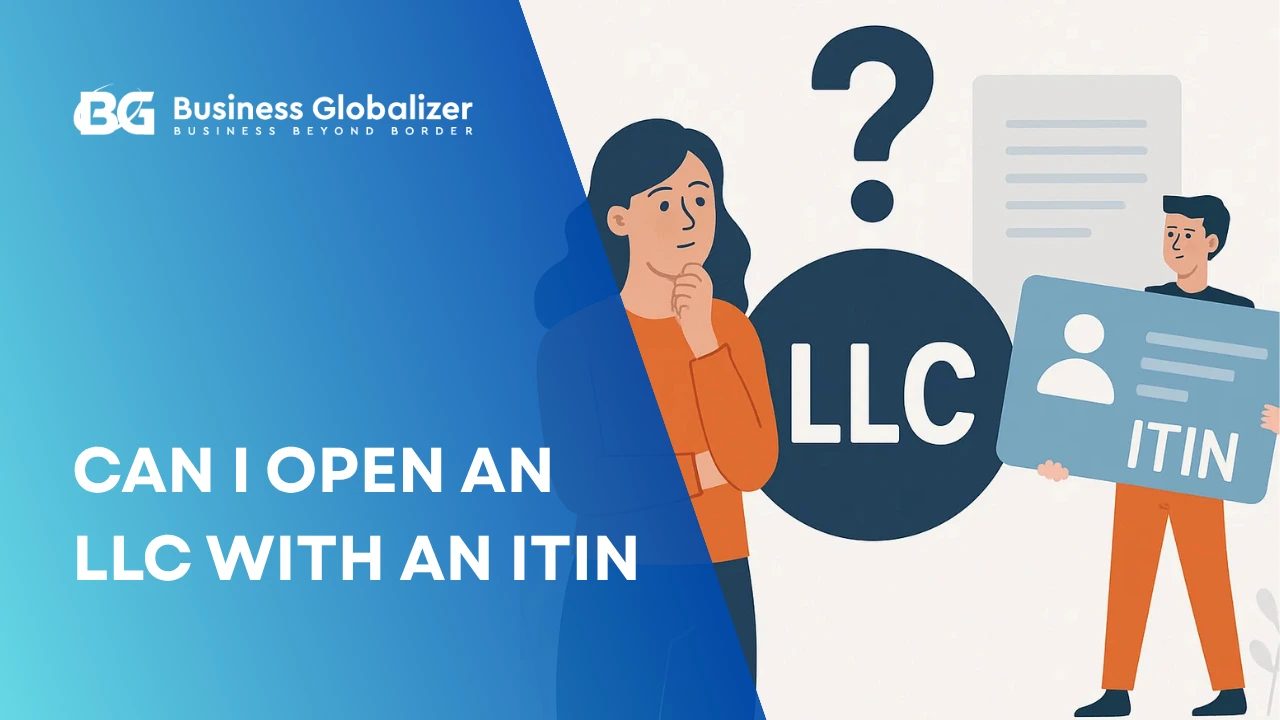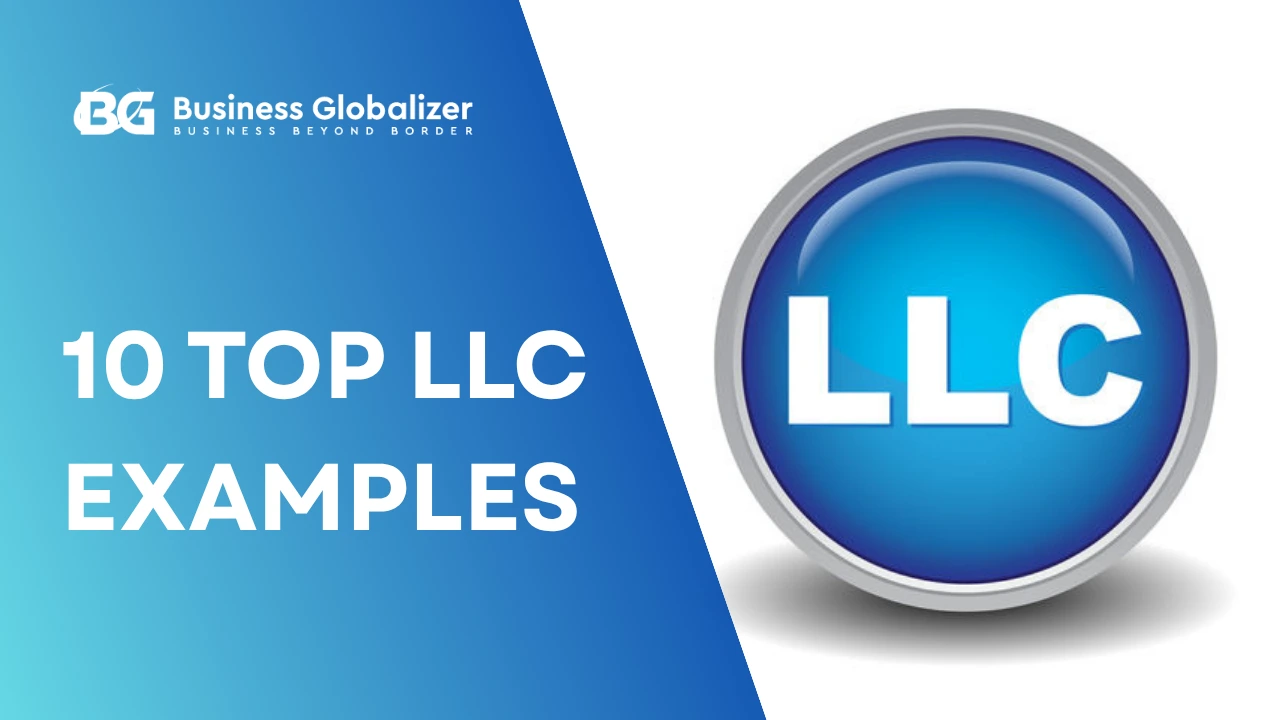Who doesn’t want to be their own boss? Who doesn’t love freedom at work without getting worried about being fired? If you want to achieve financial independence, entrepreneurship is the best option for you.
It is often difficult to be motivated and comfortable when working for someone else, which impacts the quality of the work. But in your own business, you can work for yourself happily as you don’t have to maintain a strict timeframe. Just guess: You are the ship’s leader, steering it toward boundless success and indulging in the fruits of your labor.
If you dream of being an entrepreneur, this blog is for you. Our mission is to assist you in launching and expanding your business to achieve success. Look no further! In this blog, we’ll walk you through the steps to start a sole proprietorship.
What Is Sole Proprietorship?
“Sole” means lone or single. An individual owns and runs a sole proprietorship, which is an unincorporated business. So, the owner is responsible for all liabilities incurred by the business. The owner can enjoy all the business’s profits as a sole proprietor. Due to the lack of governmental regulations, the owner can easily form and close this. Forming a sole proprietorship is easy because the business doesn’t require filing federal or state forms like other business types, such as LLCs and corporations.
Understanding the Sole Proprietorship
A sole proprietorship business is right for you when you have less capital and a time shortage. It consists of a single owner who is responsible for all debts, losses, and liabilities of the business. Sole proprietorship businesses are usually one of the most popular business structures for beginners. You will have total supervision and responsibility for any debt, loss, or profit in this business structure.
As a sole proprietor, it is necessary to pay personal income tax on profits from the business. A sole business owner enjoys full control over and profits from the business. As it doesn’t require filing federal or state forms, a sole proprietorship has existed since the start of your business. You are a sole proprietor when you launch a business as an individual without forming an LLC, corporation, or partnership.
Examples of a Sole Proprietorship
Do you know you become a sole proprietor when you start a solo side business, a freelance project, or a new business venture? There are many examples of sole proprietorships, including tutors, grocery shops, business consultants, freelancers, photographers, landscapers, social media specialists, digital marketers, etc.
Eventually, most of today’s businesses start as sole proprietorships. After a certain time, they may choose to reform other legal structures based on profits, the company’s growth, or new business ideas.
Many famous companies, like Walmart, eBay, Kate’s Real Food, JC Penney, Annie’s Homegrown, etc., started as sole proprietorships. Many small businesses are sole proprietorships for ease of establishment and fewer taxes.
What Are the Advantages of a Sole Proprietorship?
As an entrepreneur, you should be very clear about each business structure’s benefits. Here are the “sole proprietorship advantages”:
- Cost of Establishment: Do you know a sole proprietorship formation is cheaper than other business structures? Most entrepreneurs form their businesses as sole proprietors because they can easily form this type of business at a lower cost.
- Pass-Through Sole Proprietorship: Sole proprietorship is known as a pass-through entity. So that you don’t have to pay taxes on your business’s income. Instead, sole proprietors pay taxes on their personal income from the business they earn.
- Signing Contracts: In sole proprietor businesses, owners use their own names to sign contracts. Eventually, customers can write checks to the business using the same name. So you will be the only achiever for all good fames.
- Tax Return: There’s no distinction between the owner and the business itself; sole proprietors don’t need to file business tax returns. Rather, they can simply claim any business profits or losses on their personal tax returns.
- Flexibility In Control: In a sole proprietorship business, there are no partners or shareholders. So, you are the only decision-maker in business. This will help to grow or bring about any kind of change.
What Are the Disadvantages of a Sole Proprietorship?
In every business, there are fewer drawbacks or disadvantages along with benefits, So here are the “sole proprietorship advantages”:
- No liability protection: One of the main drawbacks of a sole proprietorship is that it doesn’t provide liability protection to its owner.
- As the sole proprietorship is not considered a legally separate entity, you are liable for all the business debts and losses. If your business is sued, your personal assets will be at risk of theft.
- Difficulty in finding investors: For a sole proprietorship, finding investors can be challenging. Investors don’t want to invest in sole proprietorships because they won’t share any profits from the business.
- Uncertain Future: Because of the lack of legal requirements in a sole proprietorship business, there’s no future certainty about who will take over the business after your death. This may create issues when conducting business in the future. A sole proprietorship business will remain active until you dissolve it or upon your death.
- Taxation: Another significant disadvantage of Sole proprietorship is that you may miss out on other benefits under different business structures in terms of taxation. As the sole proprietorship isn’t a separate legal but a pass-through structure for tax purposes, you must pay tax returns to the Internal Revenue Service (IRS) at the personal income rate.
- Difficulty in Selling a Business: Your responsibility for paying taxes will also increase when your business grows. Therefore, in terms of selling the business, you may have difficulty finding a buyer, as the buyer would be responsible for paying any outstanding obligations.
- Difficulty in Business Development: A proverb says, “Unity makes strength.” In other business entities, there is more than one decision-maker, which opens up various paths for business development. But in a sole proprietorship business structure, only one person makes all the decisions, which creates obstacles to finding objectivity for business development.
How to Start a Sole Proprietorship?
Do you know that sole proprietorship is one of the most traditional and popular businesses?
A sole proprietorship is really easy to establish and maintain. Anyone can start a sole proprietorship.
Legal procedures for launching a sole proprietorship company are unnecessary. If you begin conducting business as the only owner, you naturally become a sole proprietor. The federal, state, or local government will automatically recognize you as such without your having to complete any more papers or provide any proof of identity.
How to Register a Sole Proprietorship?
A sole proprietorship starts immediately when you start conducting business. If you are starting your business as a single owner, you don’t have to take any formal action to build your business. But you must maintain initial licenses and business permits to register your business. There are a few steps given below for starting a sole proprietorship:
Step 1: If you want to start a sole proprietorship business, nothing can be more interesting than coming up with a business name. A business name visually represents any business or its products and services. Once you choose, you must be assured that the name is available in the state or county. You must have a distinctive business name that is not the same as, even too similar to, or that another company in the same state hasn’t already claimed.
If you are famous enough in your locality, choosing your legal name can be key in marketing aspects. But if you choose a separate business name to avoid the risks of using your own name, most localities will require you to file a DBA (Doing Business As) name. This will help you sign contracts, receive money in the business’s name, and establish a more professional presence with customers or clients.
Step 2: After obtaining a DBA, or assumed business name, you might obtain necessary business permits, professional or business licenses, and zoning clearances if required, depending on the type of your business and locality.
Step 3: This step is mandatory for those wanting to hire sole proprietorship employees. You must apply for sole proprietorship online EIN. Even if you want to open bank accounts, you will need an EIN. This reduces the risk of business identity theft.
But if the situation is different, you can obtain a Social Security number for tax purposes, along with licenses and permits for business. Also, depending on your business activities, you may need to obtain sales tax and use tax permits.
Step 4: The business owner is liable for all expenses in a sole proprietorship. In this step, you should have insurance coverage for any kind of damages, accidents, or lawsuits against the business.
Step 5: If you plan to run your business in the long run, getting a bank account is another fantastic idea to organize your finances. This will allow you to accept credit transactions, a bank loan, or establish business credit.
Determine If a Sole Proprietorship Is Right for You
The business and its owner are treated identically for tax and legal purposes after forming a sole proprietorship. This is why some sole entrepreneurs seek the counsel of attorneys, tax advisors, and accountants for assistance with their businesses’ legal and financial needs.
A sole proprietorship makes sense as a starting point for everyone curious about the business world. There are no large formation costs, but all of the onus for keeping things running will be on your shoulders.
On the other hand, if you have a sound plan for your company, intend to add employees, or are concerned about the possibility of legal repercussions, it may be prudent to incorporate your company or form a limited liability company.
Still, you can take suggestions from any legal business expert, a lawyer, or a consultant like Business Globalizer.
In addition, if you already have a concept and are prepared to start working on it immediately, this option is best suited for you.
FAQs
Q1: Can I use my personal bank account to run a sole proprietorship?
Answer: As sole proprietors have no legal requirement for a separate bank account, you can use your personal bank account to run the business.
Q2: Is being a sole proprietor the same as being Self-Employed?
Answer: As sole proprietors operate and own their businesses alone, you can call them “self-employed.”
Q3: How do you convert a sole proprietorship to an LLC?
Answer: By filing articles of organization with the assistance of the relevant state agency, you can convert the sole proprietorship to an LLC.
Q4: Can I pay myself a salary as a sole proprietor?
Answer: No, as a sole proprietor, you can’t pay yourself a salary, but you can hire and pay employees.
Q5: Can you hire employees if you’re a sole proprietor?
Answer: Yes, you can hire employees, but you must obtain an EIN.
Final Thoughts
In conclusion, establishing a sole proprietorship can be rewarding for future entrepreneurs. You can confidently navigate the procedures and lay the foundation for your solo business venture by following the key steps explained in this blog.
Remember, as a sole proprietor, you have the independence to make decisions, the flexibility to adapt, and the opportunity to grow your business on your terms. So seize the moment, embark on your entrepreneurial journey, and unlock the boundless potential of being a sole proprietor.
Still, the decision is yours as to whether to start a sole proprietorship or not. If you’ve made your decision, reach out to Business Globalizer for assistance. We cater to your unique requirements and simplify the process of forming your company.






